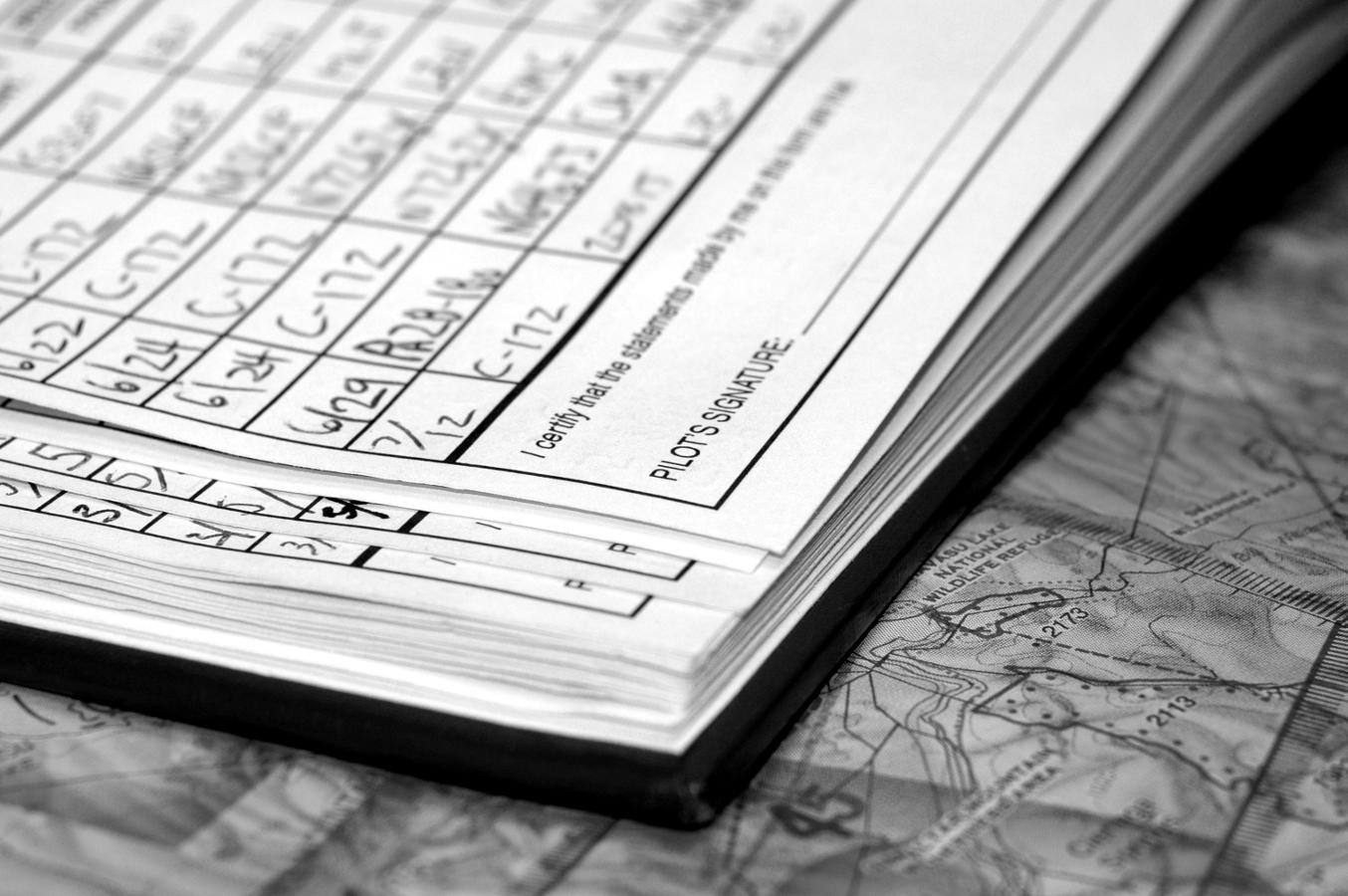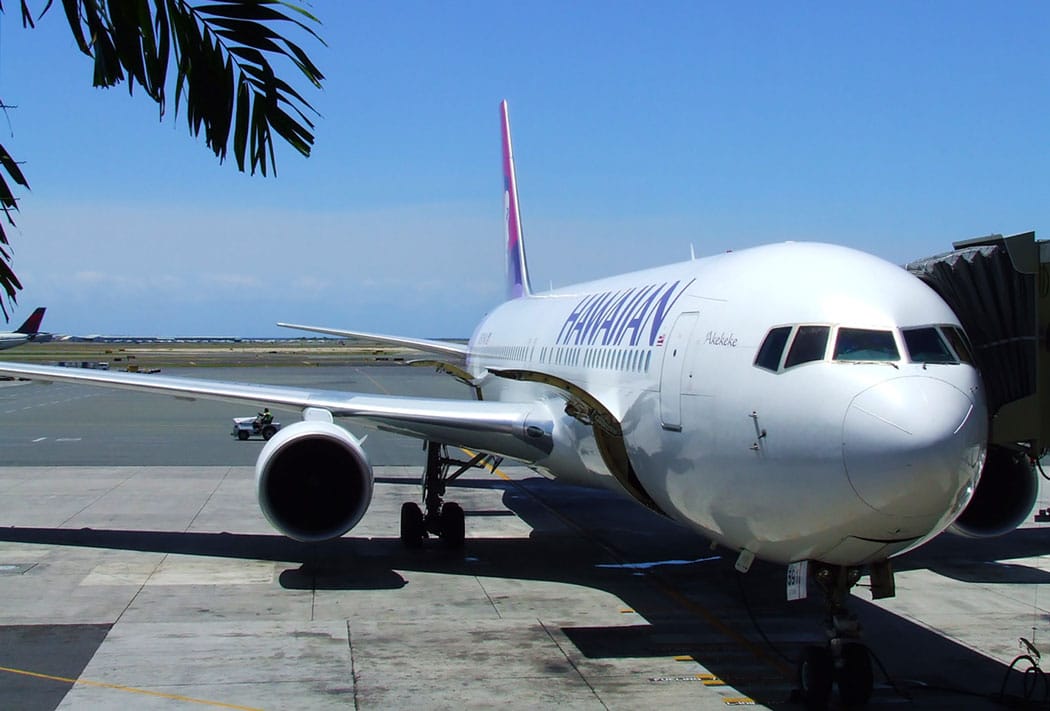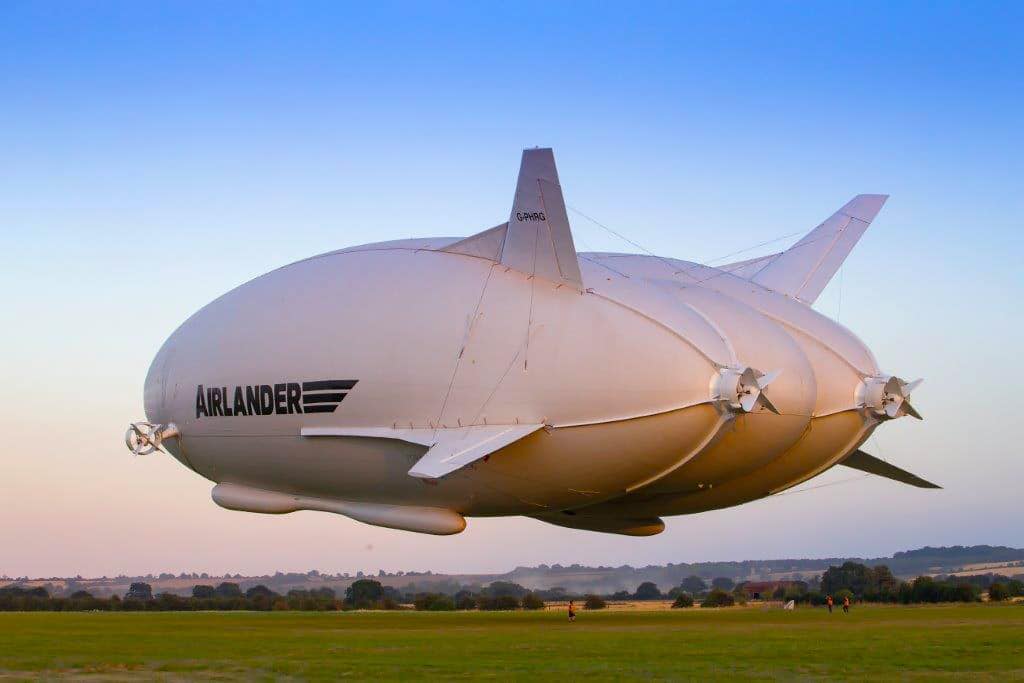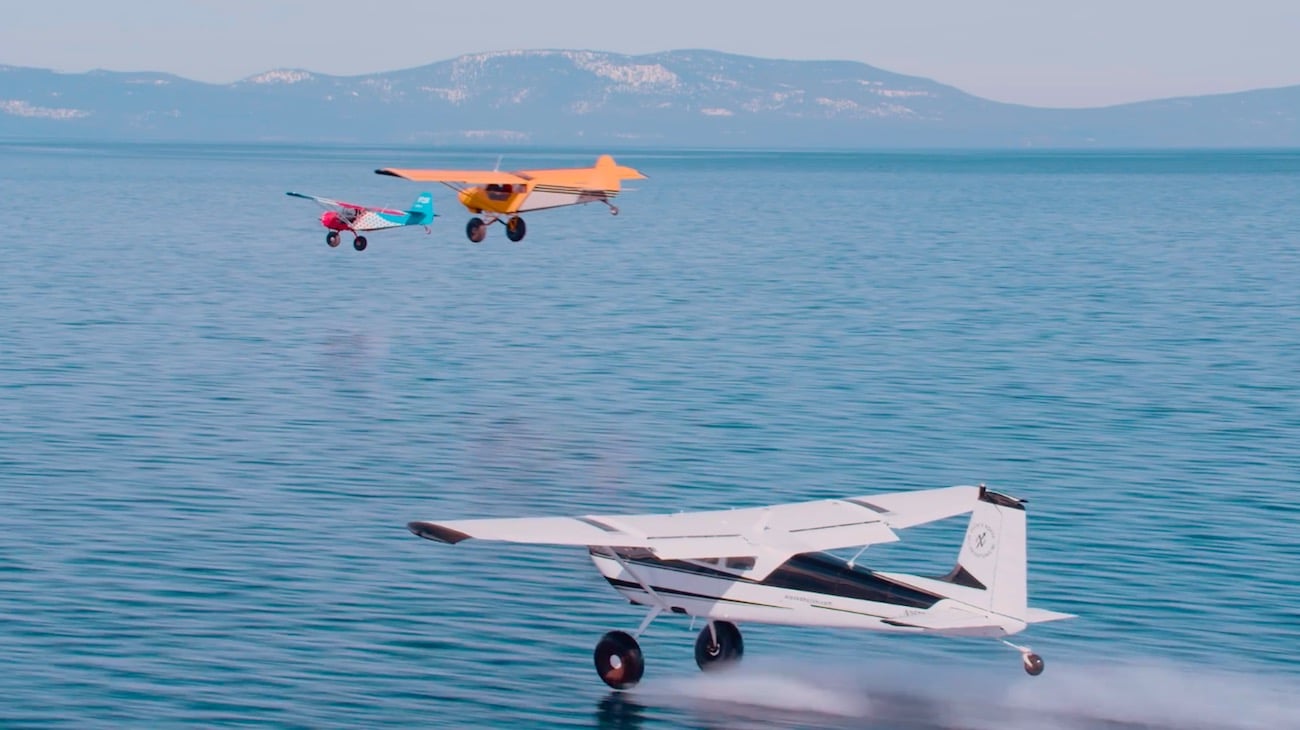The agreement includes backdated pay rates that will immediately increase pay between 20 and 45% for Hawaiian Airlines pilots.
After two years of negotiations, Hawaiian Airlines pilots, represented by ALPA (Air Line Pilots Association), have finally ratified a new five-year, three-month contract. ALPA says the new contract is worth $1.2 billion and contains “42 percent more value than the existing pilot working agreement (PWA).” 97% of the Hawaiin Airlines pilots voted on the new agreement, and of those, 76% voted in favor of the agreement, which will take effect on April 1, 2017. The new PWA includes “substantial pay raises and improved work rules” but also leaves in place a number of other items, such as favorable vacation flexibility, accrual of sick leave, and health-care premiums that are friendly to the pilots.
Negotiations for a new contract opened back in March 2015, with the contract becoming amendable in September 2015. During the negotiation period, ALPA reports the airline had its most profitable year ever in 2016, with their stock currently near the airline’s all time high.
ALPA’s President, Captain Tim Canoll, congratulated the Hawaiian pilots’ leadership and entire pilot group, saying that the vote to ratify the new agreement demonstrates the incredible progress that can be achieved when pilots stand united. He added that the new contract embodies ALPA’s continued efforts to ensure that their members share in the success of their companies, “regardless of whether they fly for mainline, regional, or cargo operations and that our industry continues to attract the best and brightest. Whether walking the informational picket lines to support a pilot group in contract negotiations or calling to block unfair foreign competition, ALPA pilots stand unified in our efforts to advance our profession.”
More Details on the new Hawaiian Airlines Pilots’ Agreement
According to ALPA, the agreement includes pay rates that are backdated to September 2015, which will immediately increase pay for Hawaiian Airline’s 665 pilots between 20 and 45%, depending on the individual’s pilot seat, their years of service and aircraft type. In addition, by the end of the contract in 2022, the pilot’s overall pay rate will have increased between 36 and 86%.
Another unique feature of the is the new Voluntary Employees’ Beneficiary Association, or VEBA, which is set to replace Hawaiian’s current retiree health-care program. The company will reportedly contribute over $100 million to fund the VEBA, which will then be “privately administered by a pilot-run board of directors” to provide retirees with health benefits that will continue even in the case of the airline changing hands.
The new agreement will also “harmonize the airline’s bankruptcy-era pilot retirement programs” by bringing all the pilots together under a single retirement plan by 2022.
Captain Daniel Moore, the Vice Chairman of ALPA’s Hawaiian Airlines Master Executive Council, said that with this agreement, Hawaiian Airlines pilots will finally receive pay rates that bring them into parity with the other major carriers that they compete with worldwide. He added that “It is a world-class contract for a world-class airline and should make Hawaiian an attractive destination for new pilots. We are looking forward to helping the company continue its unparalleled record of success.”
Featured Image: courtesy of Simon Clancy, CC BY 2.0
Logbook Magic Numbers: Connecting Pilot Hours with Ability
 The Minnesota blizzard was a sharp contrast to the Cancun sunshine we’d just left a few hours earlier. Since I’d flown the first leg, it was my first officer’s turn to fly back and land at MSP. ATIS had informed us that the weather was just barely above minimums, but braking action was still good. A few airplanes had initiated missed approaches, so we knew we had a good challenge ahead. To add to the joy, there was a gusty crosswind that was going to test all of our skills. Since it was a long flight for a Boeing 727-200 [Click to read more…]
The Minnesota blizzard was a sharp contrast to the Cancun sunshine we’d just left a few hours earlier. Since I’d flown the first leg, it was my first officer’s turn to fly back and land at MSP. ATIS had informed us that the weather was just barely above minimums, but braking action was still good. A few airplanes had initiated missed approaches, so we knew we had a good challenge ahead. To add to the joy, there was a gusty crosswind that was going to test all of our skills. Since it was a long flight for a Boeing 727-200 [Click to read more…]















Leave a Reply